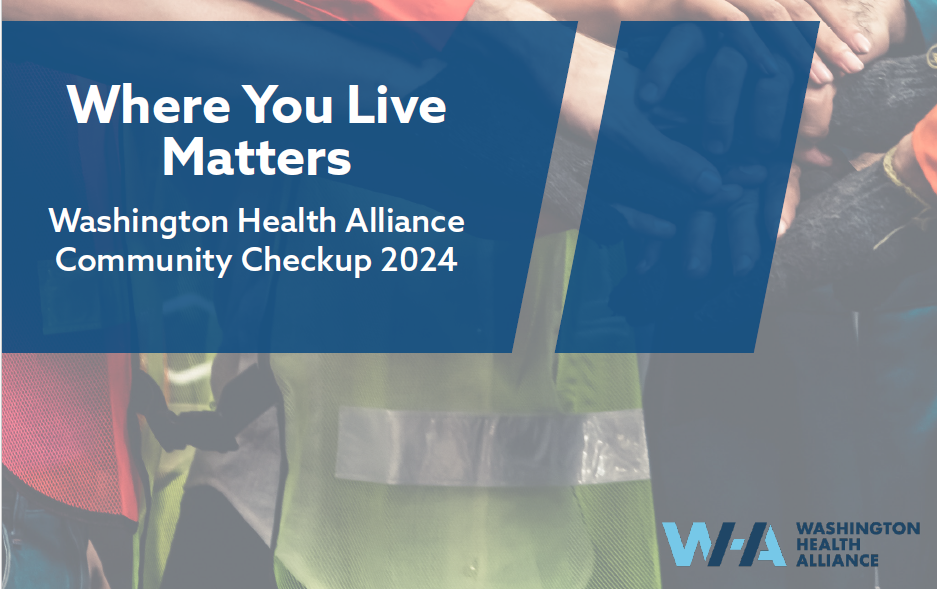Where You Live Matters: Community Checkup 2024
Download the full report.
Where you live impacts your health. The 18th edition of the Community Checkup report continues to show stagnant quality of care and builds upon areas of explicit decision-making bias throughout our health care system. We demonstrate how the health risk of a population is adversely impacted by where they live, resulting in inequities in quality, access, and affordability.
Since 2008, Community Checkup has been providing purchasers, health plans and providers impactful insights into the quality of care provided, where care is best and how do we make it even better. Again this year, we have focused on an important view into health disparities. We clearly show how those in more deprived neighborhoods received lower quality care, accessed care in inappropriate settings or avoided care all together.
A new functionality introduced this year is demonstrating value, as defined as quality divided by cost. This tool allows the user to rank medical group, county, and Accountable Community of Health (ACH) performance based on their inclination toward quality or costs. For example, if you value quality more than cost, you can set the tool based on those preferences.
Everyone has a role in helping Washingtonians live their healthiest lives. We recognize those provider groups who actively engage with our multistakeholder organization as they continue to show the highest scores on quality. The top nine medical groups and 24 of the top 25 clinics are Alliance members. While we still have work to do on affordability, payment reform, and administrative simplification, active engagement in the Alliance and its membership makes a difference.
What can we do today?
Assign primary care providers (PCP). Over 30% of Washingtonians do not have a PCP, though having one improves quality and lowers costs as much as 30% through prevention and proper management of chronic conditions.
Employers, plans, and providers must collaborate to remove barriers to equitable quality, access, and affordability. Examples include targeting populations with increased risk or disparities in care; modifying plan designs to lift financial barriers; and helping providers through prospective payment models aligning accountability for quality and cost. Employers should navigate their members to the best care at the most affordable rates.
Address transparency in pharmacy pricing by offering fair “cost plus” pricing, removing rebates that skew formularies and eliminating extra fees by intermediaries that result in no value to the consumer.
While we continue to have a behavioral health access crisis, we should move forward in measuring behavioral health outcomes in the care being delivered and reimburse BH providers based on those outcomes.
We must eliminate waste in the healthcare system. In December we reported $126 million wasted on only 48 common services. This is the tip of the iceberg. No patient should receive care that professionals attest has no value.
We all have a lot of work ahead of us to catalyze change in Washington’s health care system. This must be a collective effort. It begins with everyone making a choice to change.

